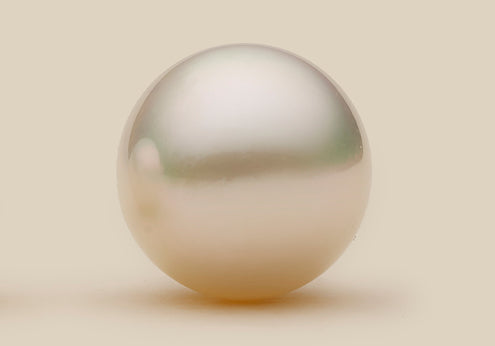The 5 Virtues
The value of South Sea pearls is assessed according to five key characteristics. These are size, shape, complexion, lustre and colour.
In addition to the five virtues, nacre structure is also a consideration when assessing pearls. Like fluorescence in diamonds, nacre structure does not necessarily have a significant impact on a pearl’s beauty or value so it is not treated as one of the five key virtues.
Every pearl is graded according to these factors, yet when selecting pearls, it must also be remembered that beauty is ultimately in the eye of the beholder.
Size
The rarity of pearls increases exponentially with their size. The size of pearls is not relevant to their quality but is an important factor when assessing their value.
Shape
Due to the thickness of their nacre, South Sea pearls are found in an infinite variety of shapes. As with size, a pearl’s shape is not an indicator of its quality. However, market demand for particular shapes does have a bearing on value. It is important to remember that shape is a subjective preference and pearls of any shape can be exceptional in quality and beauty.
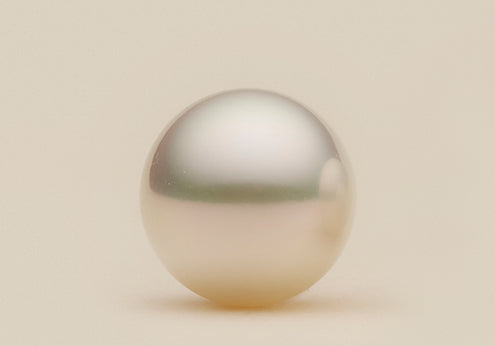
Round (RD)
Pearls that appear round to the eye before setting. Suitable for all types of jewellery.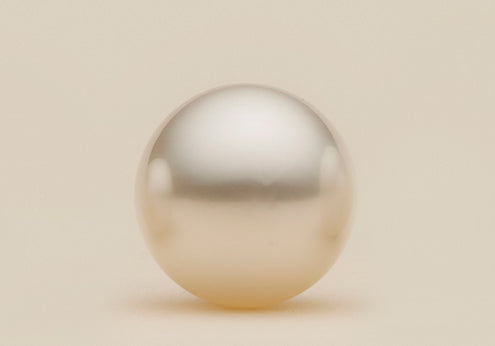
Semi-Round (SRD)
Pearls that appear round or close to round after setting. Suitable as an alternative to round pearls in most types of jewellery.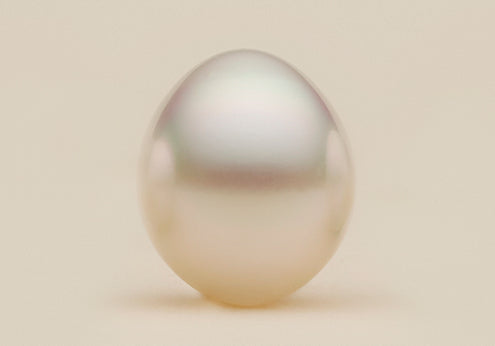
Drop (DP)
Pearls with a symmetrical, elongated shape that taper from a narrower top to a wider bottom. Ideal for use hanging in earrings and as pendants.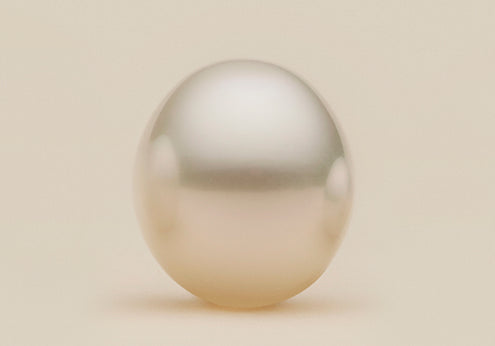
Oval (OV)
Pearls with a smooth, symmetrical, elongated shape without a noticeable variance in diameter between the top and the bottom. Ideal for use in hanging earrings, pendants and strands.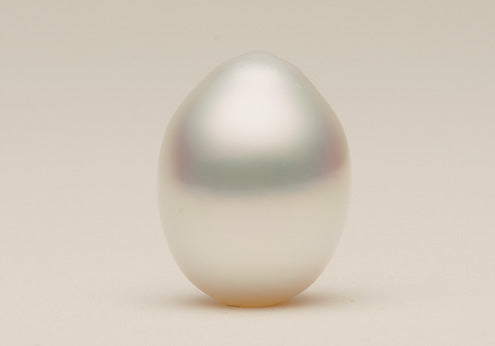
Irregular Drop (IDP)
Pearls with a symmetrical, elongated shape but with more pronounced or angular lines than classic oval or drop pearls. Most commonly used in hanging earrings and as pendants.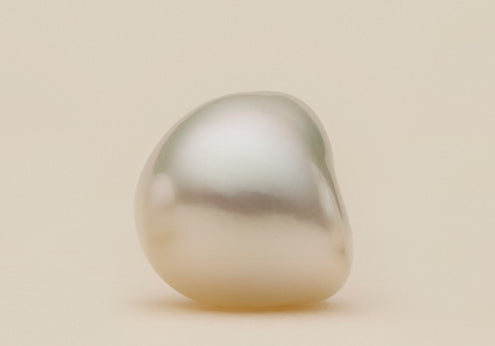
Smooth Baroque (BQS)
Pearls that are asymmetrical and typically irregular in shape with a predominantly smooth surface. Suitable for use in many types of jewellery.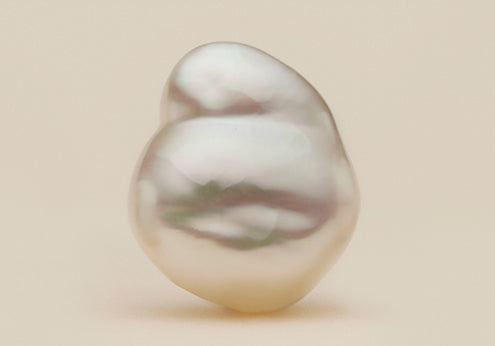
Rough Baroque (BQR)
Pearls that are asymmetrical and irregular in shape with a predominantly rough appearance. Suitable for use in many types of jewellery.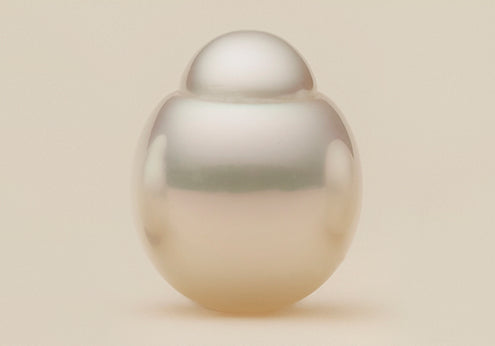
Topped Drop (TDP)
Pearls with an elongated shape with a single ring or line forming a knob towards the top of the pearl. Ideal for use in hanging earrings and pendants.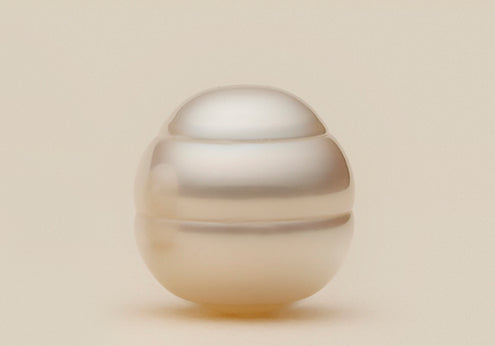
Circle (CR)
Pearls with two or more rings around the body of the pearl.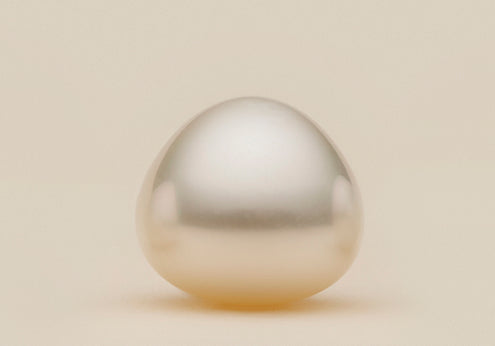
Button (BU)
Pearls with a symmetrical, flatter shape that is noticeably wider than high. Ideal for use in rings, stud earrings and brooches.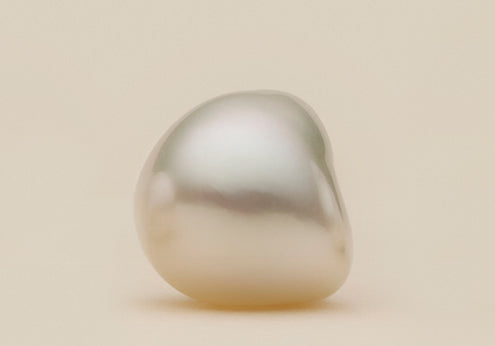
Irregular Button (IBU)
Pearls with a symmetrical, flatter shape but with more pronounced or angular lines than classic button pearls.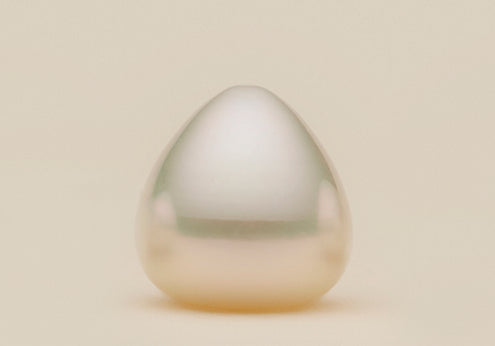
Triangle (TR)
Pearls with a symmetrical, elongated shape with straight sides and a flat bottom.Complexion
A pearl with a flawless surface is exceptionally rare. Pearl quality is influenced by the number and size of imperfections and their degree of visibility. Severe imperfections will significantly compromise a pearl’s beauty and value.
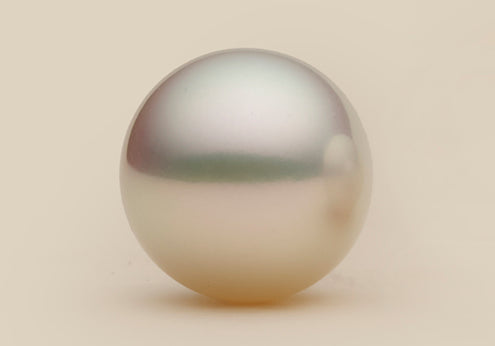
Flawless (F)
Present clean but may have minute surface characteristics that are difficult to see except on close inspection.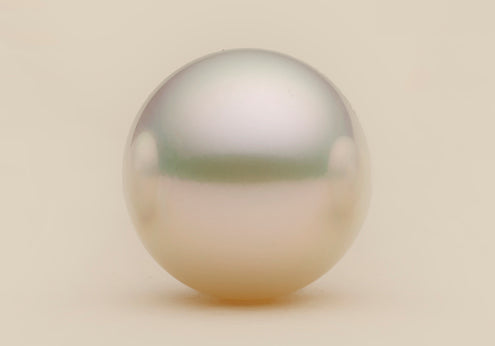
Flawless After Setting (FAS)
Present clean but may have minor surface blemishes that will be obscured by setting.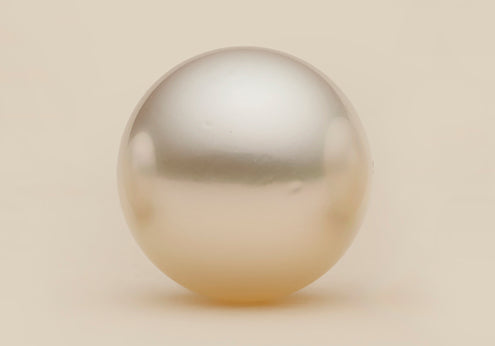
Very Slightly Included (VSI)
May have minor surface inclusion visible after setting.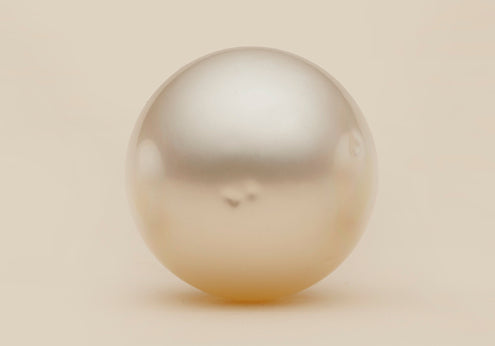
Moderately Included (MI)
Have numerous inclusions of varying severity including some which are deep or noticeable.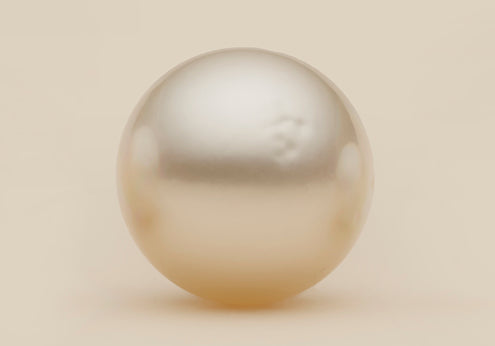
Included (I)
Have numerous noticeable inclusions.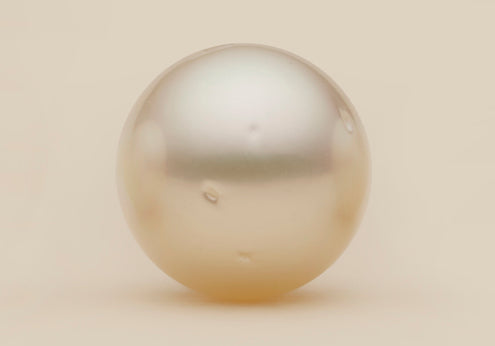
Heavily Included (HI)
Have noticeable inclusions over entire surface.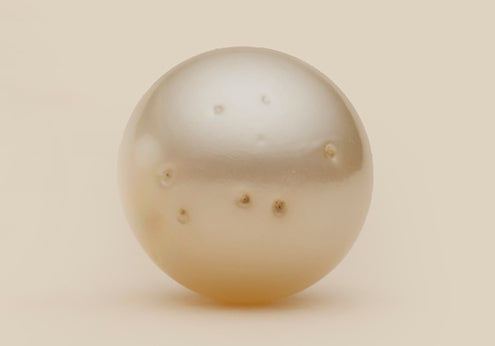
Severely Included (SI)
Have severe surface defects that significantly detract from the beauty of the pearl.Lustre
Lustre refers to the behaviour of light interacting with the countless layers of pearl nacre. Nacre is the pearlescent organic material produced by the oyster that forms the body of the pearl. Fine quality pearl nacre results when an oyster lays pearl nacre tiles in perfect symmetry allowing light to refract uninterrupted through the layers of the pearl. This gives the appearance of a soft iridescent glow from deep within.
Natural lustre is everlasting and should not be confused with the superficial shine of treated pearls that may diminish over time. Pearls of exceptionally high quality exhibit a phenomenon known as orient; a combination of translucence overlaid with a subtle play of colour on the pearl’s surface.
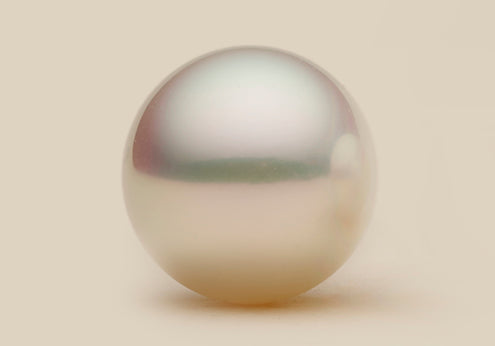
Gem
Reflections appear bright and sharp.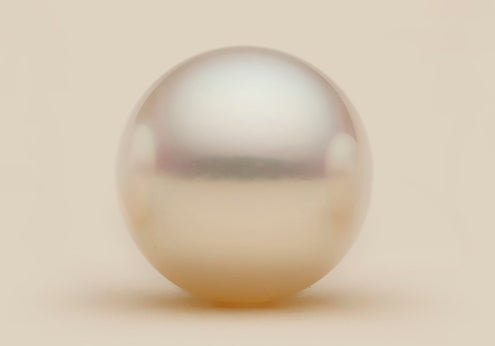
AAA
Reflections appear bright and near sharp.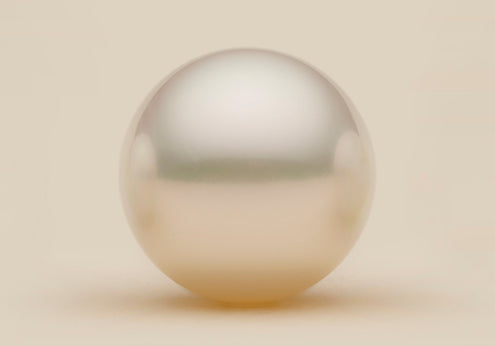
AAA/AA
Reflections appear bright but not sharp.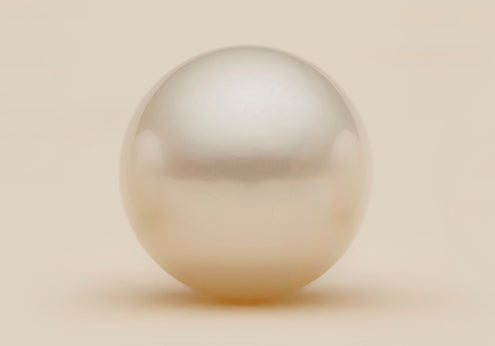
AA
Reflections appear bright but not sharp.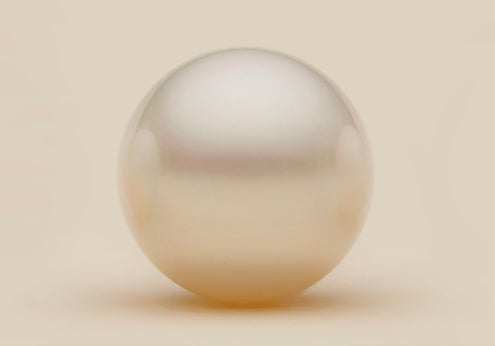
AA/A
Reflections are weak and blurred.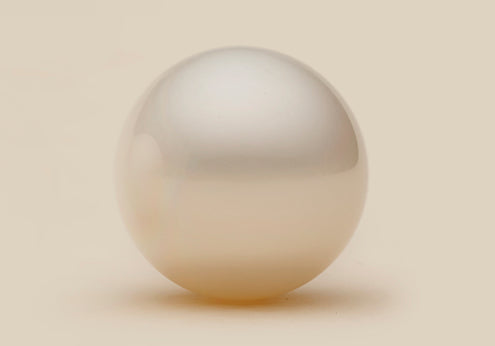
A
Reflections are dim and diffused.Colour
The wide array of natural colours of Australian South Sea pearls typically mirror the overtones of the pearl shell from which they came. The popularity of a particular hue influences a pearl’s value but colour, like shape, is a personal choice and is not a factor in assessing a pearl’s quality. Australian South Sea pearls are typically white, silver, cream or gold. Pearls displaying pink overtones are particularly prized.
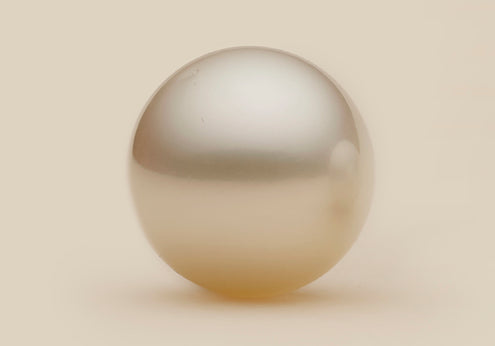 White base colour (W)
White base colour (W) White overtone (W)
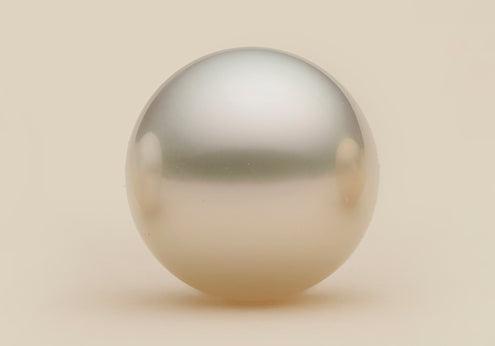 Silver base colour (S)
Silver base colour (S) Pink overtone (P)
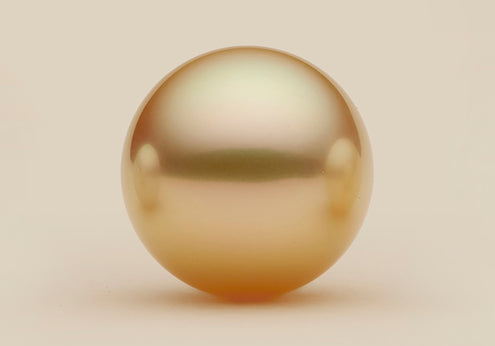 Cream base colour (CR)
Cream base colour (CR) Pink Green overtone (PGR)
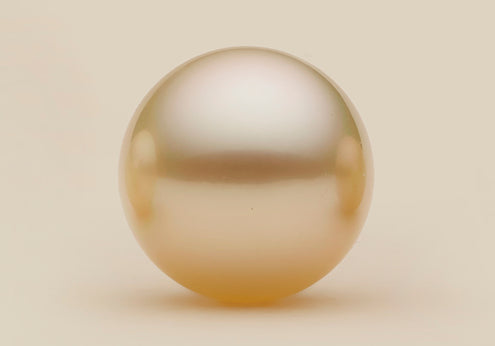 Champagne base colour (CH)
Champagne base colour (CH) Green Pink overtone (GRP)
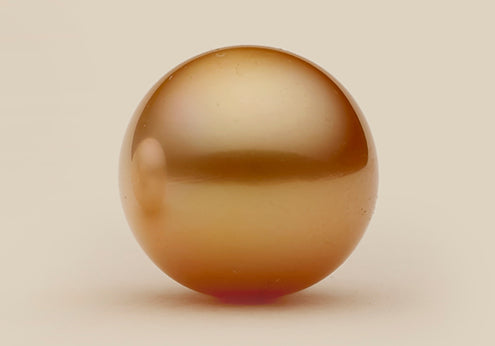 Gold base colour (G)
Gold base colour (G) Green overtone (GR)
Nacre
As a pearl grows and nacre is deposited, the size and configuration of the microscopic nacre platelets cause an apparent ‘movement’ when viewing the pearl from different angles. This movement is a natural characteristic that is often seen in South Sea pearls and natural pearls. As with fluorescence in diamonds, nacre structure should not necessarily be regarded as a quality differentiator. Movement can detract from the beauty of some pearls but can be an appealing characteristic of others. For example, although movement is not desirable in a round necklace, it can be a pleasing feature of baroque and keshi pearls.
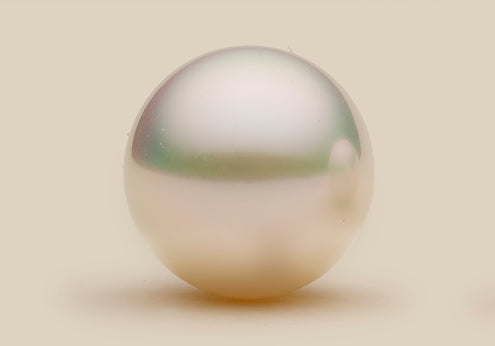
Tight (T)
Nacre with an exceptionally smooth/silky appearance finish. No visible movement even when pearl is rolled between the fingers.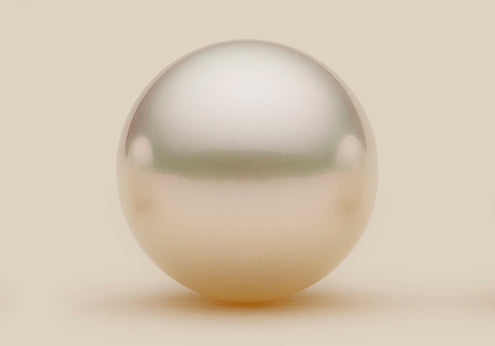
Light Movement (LM)
Nacre appears to have little movement with a smooth finish to its surface.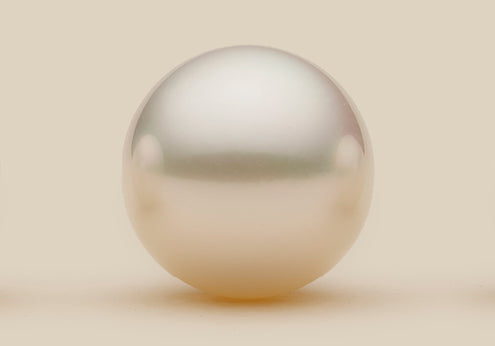
Moderate Movement (MM)
Nacre appears to have a scratchy appearance and finish to its surface.